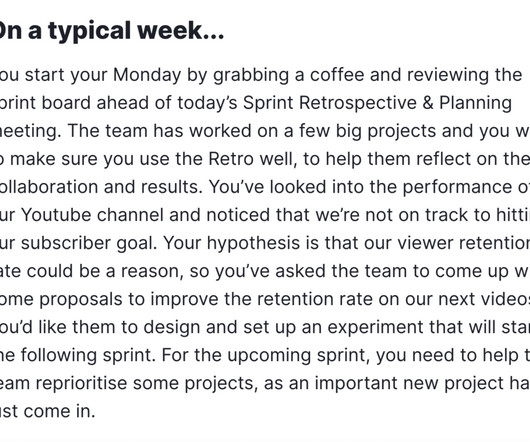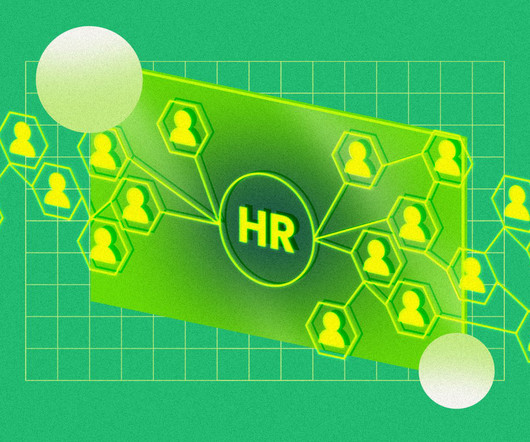Top 10 Global HR Services Providers 2024
HR Lineup
OCTOBER 13, 2024
With the increasing complexity of workforce management, HR service providers offer a wide range of solutions to help businesses attract, retain, and manage talent effectively. Their use of advanced AI and machine learning for talent sourcing sets them apart in the HR space, enabling businesses to access high-quality talent quickly.






















































Let's personalize your content